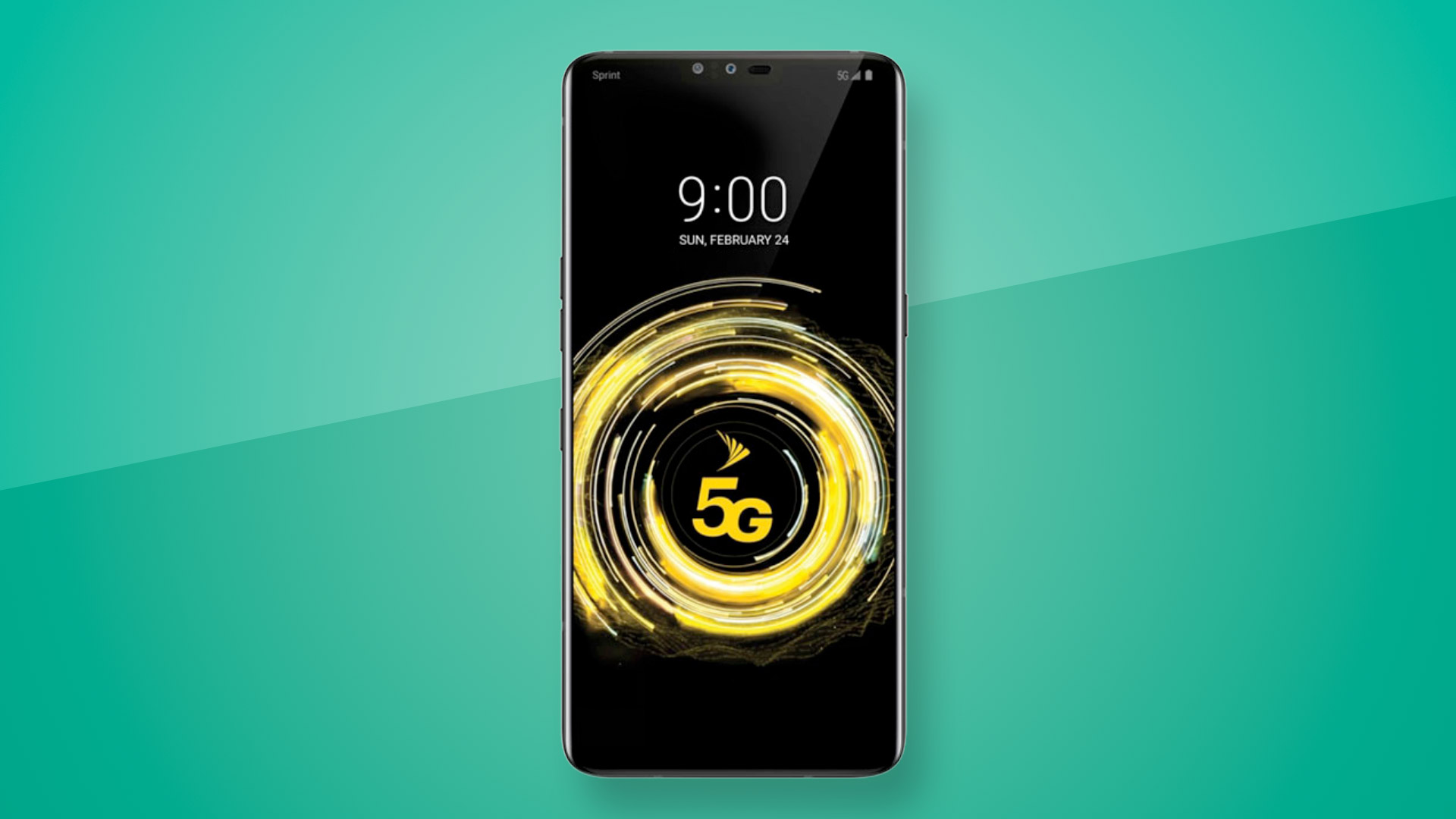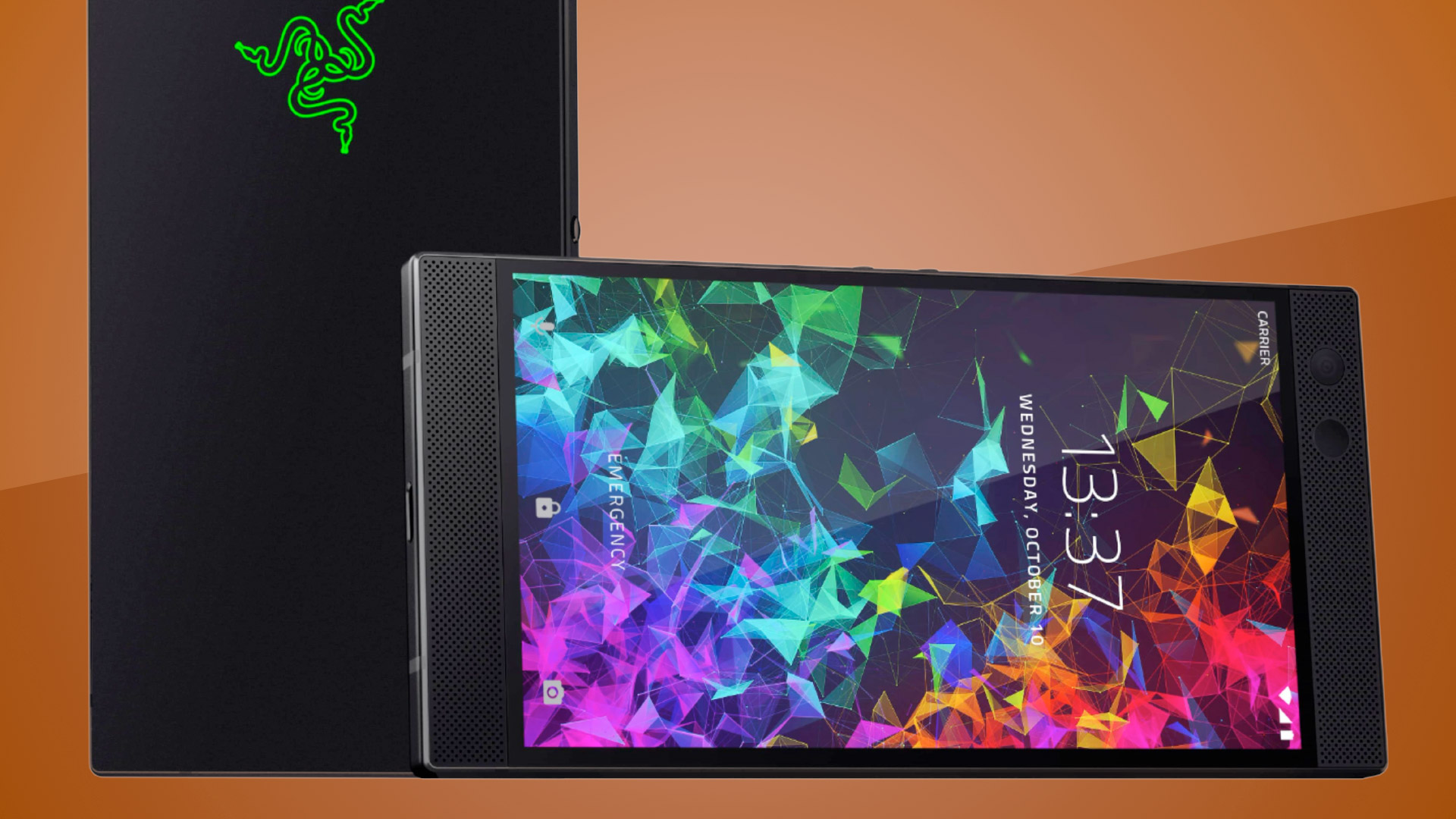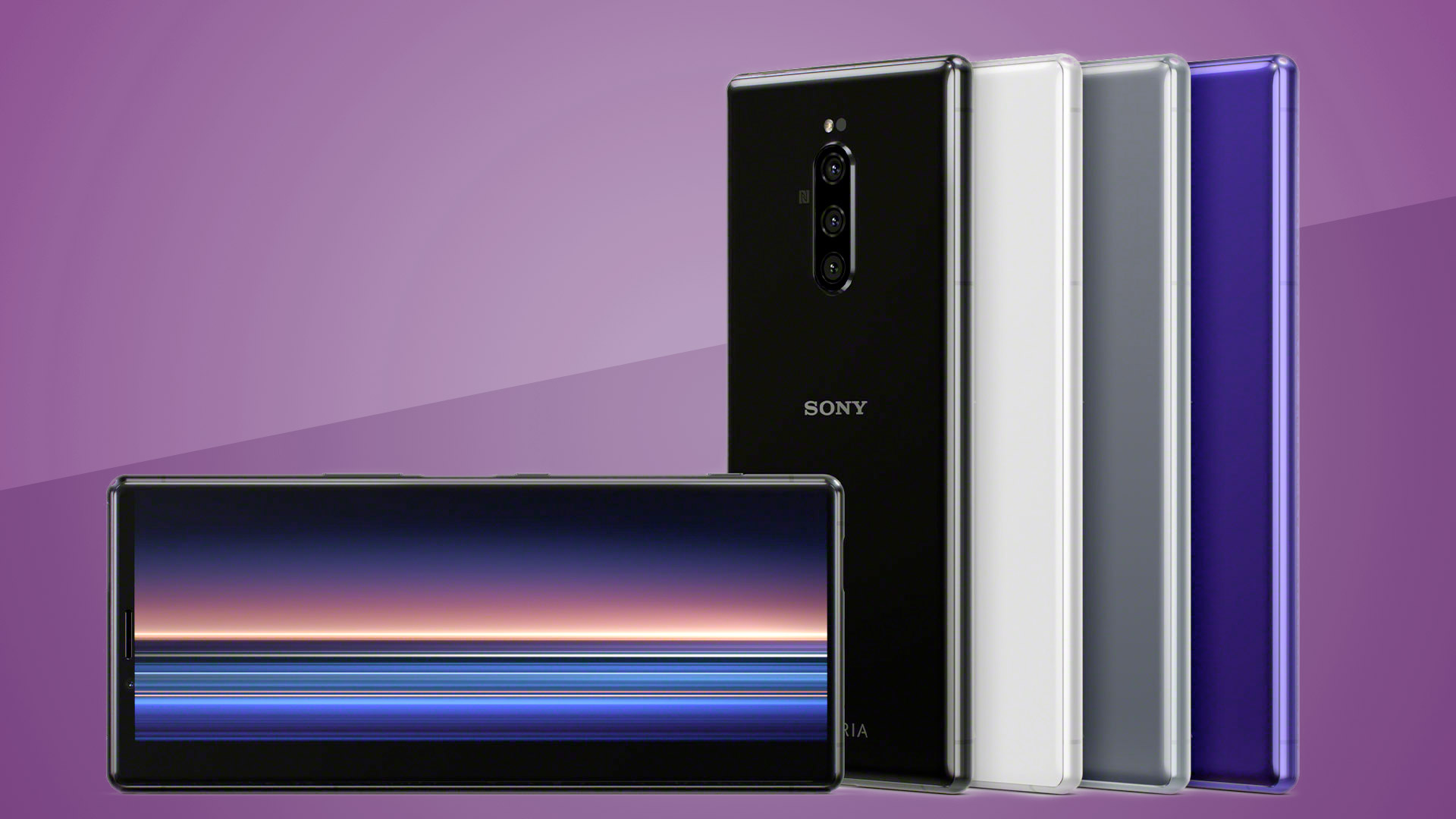
It’s a great time to be an audio fan as there are many choices for the best phones for music in 2020. Despite premium smartphones largely abandoning the headphone jack, there are several smartphone options out there depending on your music needs.
Although many of us now stream our music, the bottom line is that some phones really are better at music playback than others.
Wireless headphones are becoming more popular and the good news is they are also getting better. Bluetooth audio used to be much worse than it is now as standards have improved. The phones on this list keep up with that improvement.
But you might also be an audio purist with an old pair of wired triple driver headphones that you still want to enjoy with your smartphone. If this is the case, only a headphone jack will suffice, but they are getting rarer by the day on phones in 2020.
Of the six phones below, three have a headphone jack. The others are either more affordable of have great wireless audio software, or have solid speakers. There will be one phone on this list to suit everyone’s music phone needs, so bear in mind it might not be the phone in the top spot.
Samsung took the headphone jack out of the otherwise excellent Galaxy Note 10 and Galaxy Note 10 Plus, but the Galaxy S10 Plus released earlier in the year still has one.
There was no big fanfare about the audio hardware put into the phone, but the results are excellent regardless. The S10 Plus outputs wired audio at great volume and with very low harmonic distortion, which is one of the most technical ways to judge audio in this sort of situation.
A teardown of the Galaxy S10 Plus by TechInsights showed the phone (or at least the Exynos CPU version) uses a Cirrus Logic CS47L93 DSP chip. This was also used in the Galaxy S9 series. And we also get a couple of Cirrus CS35L40 amps.
We don’t have much technical info on these chipsets, but they certainly do their job well. The Samsung Galaxy S10 Plus can even support ultra-high-end formats like DSD 64/128 and 32-bit PCM. But, no, you won’t find that on Spotify.
The phone also has Dolby Atmos audio. In the cinema this usually means there are speakers across the ceiling for advanced spatial audio. At home it might mean having extra ‘height channel’ speakers. In a phone it involves psychoacoustic processing used to increase the sense of size and scale in audio.
We find it works better for movies than music when using headphones, though, as it can also add a little too much weight to the mid-bass, and this may clog up the separation in a high-performing headphone. When we review headphones, we turn off all these sound-coloring extras. But trust your ears on this one and use whatever makes your tunes more fun and engaging.
The Samsung Galaxy S10 Plus’s internal speakers are good too, with plummy-sounding lower mids that give podcasts, lower register vocals and bass instruments a bit more weight. They also benefit from Dolby Atmos enhancement, and you can tweak the sound with a few different Dolby modes.
Read our full Samsung Galaxy S10 Plus review

LG has fallen off the radar for many phone buyers, but it deserves a place in the heart of every audio fan. Its latest high-end models, the LG V50 ThinQ and LG G8X ThinQ, both have the ‘Quad DAC’ hardware it introduced in 2016.
What’s the point? Does this somehow make the sound four times better, or louder? Not quite. The DAC turns the digital signal into the analog one your headphone drivers can be fed. Bluetooth headphones have a DAC, even some USB-C to 3.5mm cables do.
The LG V50 ThinQ has a ‘quad’ DAC because it lets the phone analyze the digital signal four times in parallel. These four interpretations are then combined and cross-checked, to eliminate errors. This in turn increases the signal-to-noise ratio, giving us purer sound.
It also has an unusually powerful headphone amp that, when used in the Quad DAC mode, offers higher volume output than most. This is useful for naturally quieter headphones.
We tested the Quad DAC most recently with old TechRadar test lab favorites the AKG Q701, a big pair of studio open backs. They really show off the difference between the Quad DAC and standard DAC performance. Audio quality is superb.
LG also does a whole bunch else with this tech, incorporating possibly the most wonderfully geeky sound customization of any phone. You can alter the ‘digital filter’, which changes the shape of the impulse response. This is like EQ that affects the character of the sound stage rather than the tonal make-up. Nerd out central: we love it.
There’s normal parametric EQ too, and a DTS:X 3D Surround mode. But we don’t recommend the latter for music.
The LG V50 ThinQ speakers are not among the best here, but if you love sound quality that much, would you want to make do with inbuilt speakers?
Read our full LG V50 ThinQ 5G review

Don’t groan. The iPhone has always been a great choice for audio, even if moving your music files to one has never been as easy has it has on Android.
The iPhone 11 Pro’s excellent speakers are the main draw here, as well as the bespoke wireless experience you get when you buy a pair of headphones with an Apple H1 or W1 chipset. This include the Beats Solo Pro and Apple’s own AirPods Pro (yes, we know Apple owns Beats too these days).
The pairing experience is cleaner, and wireless stability is generally flawless.
The Apple iPhone 11 Pro’s internal speakers have stereo drivers for a more immersive experience and are auto-enhanced with Dolby Atmos. This helps make the sound seem much wider, and more expansive.
Earlier in this article we were a bit sniffy about using Atmos for high-quality headphones, but it can work wonders for much more limited phone speakers.
How about the headphone output? Well, there isn’t one really. The Lightning port does not have an analog audio output. It fires out the digital signal as-is, leaving the job of audio quality to your headphones.
Even the Lightning to 3.5mm cable you may end up buying to use your old favorite earphones has its own DAC chip, so choose your headphones wisely.
Read our full iPhone 11 Pro review

The Razer Phone 2 is one of the masters of flat-out loud phone speakers, alongside its arch-rival the Asus ROG Phone 2.
There’s space above and below the screen to allow for more room for these speakers. And both of them sit on the front, rather than using the common strategy of having one on the bottom, one up front.
Driver size isn’t actually the crucial bit here, but rather an extra chunk of cabinet space in the plastic speaker enclosure. Sometimes all you need is a little fresh air to let the sound breathe.
At maximum volume, the Razer Phone 2 doesn’t exactly sound super-relaxed and unstrained. But when it’s competing with the noise of your showering or frying onions, volume matters more.
These speakers really project.
There’s no headphone jack on the Razer Phone 2, which loses it major points. However, you do get a 3.5mm adapter in the box, which incorporates a 24-bit DAC.
Read our full Razer Phone 2 review

In one crucial sense the Google Pixel 3a is a better phone for music than the more expensive Pixel 4. Why? It has a headphone jack, so you can use it with those great older pairs the tech giants want you to bin.
Its wired output does not have the sonic purity of the best around, but this is a relatively affordable mobile, so we’re not going to rule it out completely for not having quite as lively audio as the LG V50 ThinQ.
The Pixel 3a’s speakers are solid too. We compared them directly to the Pixel 4’s for this piece. The Pixel 4 has slightly better bass and mid-bass warmth, but they are not in completely different leagues.
We think of the Pixel 3a and Pixel 3a XL as satisfying all-rounders. They have clean software, solid design, good screens and just about the best cameras you’ll find at the price.
Read our full Google Pixel 3a review

What else should we include? As we get further away from the front-runners, there are many other phones we could have put in this position. Huawei, Honor and Oppo have all put some decent speakers into their mid-range phones, many of which are hard to get hold of in some countries. And let’s not even get into the Huawei/Honor US issue.
The Sony Xperia 1 is one safe place to land. This top-end Sony phone does not have a headphone jack, which disappointed many fans. However, it does have stereo speakers and an unusual feature called dynamic vibration.
This acts a bit like the rumble function in a game controller, making the phone vibrate in time with the beat. It is, you guessed it, a bit of a gimmick.
The speakers are solid, though. There’s one on the front and one on the bottom, for a stereo effect when the phone is in front of your face. However, unlike the best stereo pairs, the front speaker is mostly there for treble information. All mid and bass sound is provided by the bottom driver.
Read our full Sony Xperia 1 review
Source: techradar.com









































